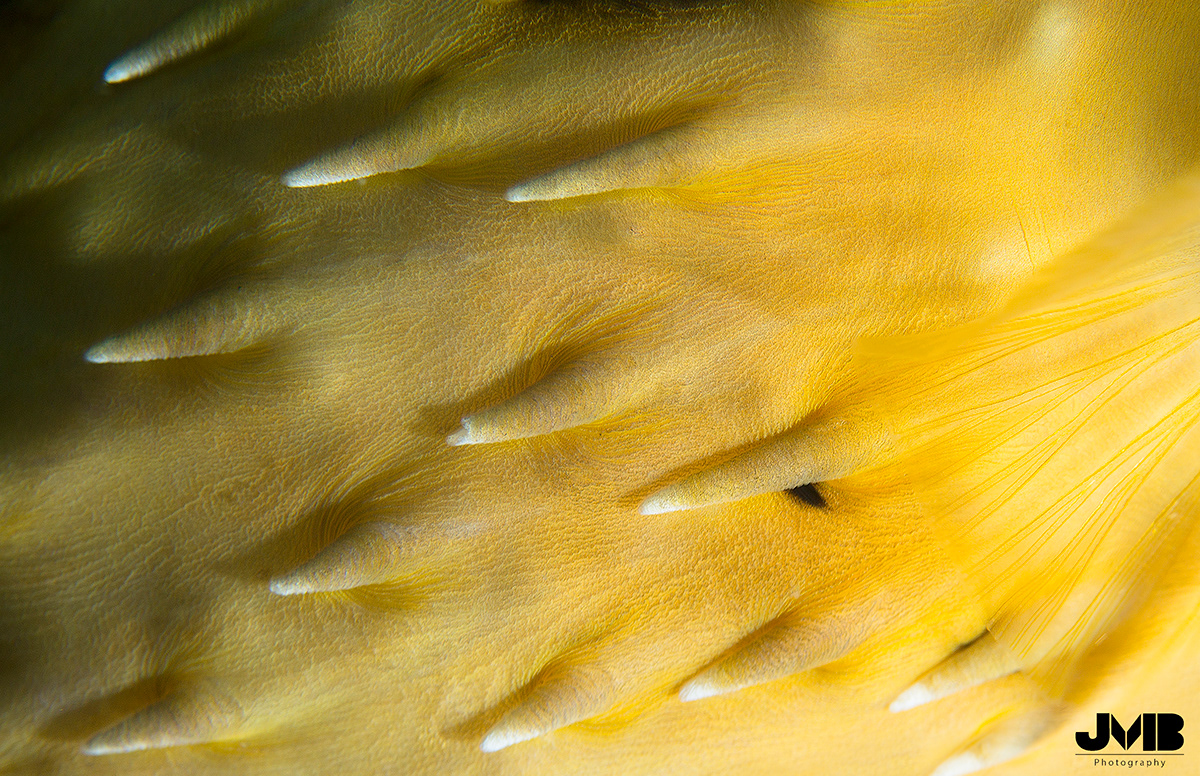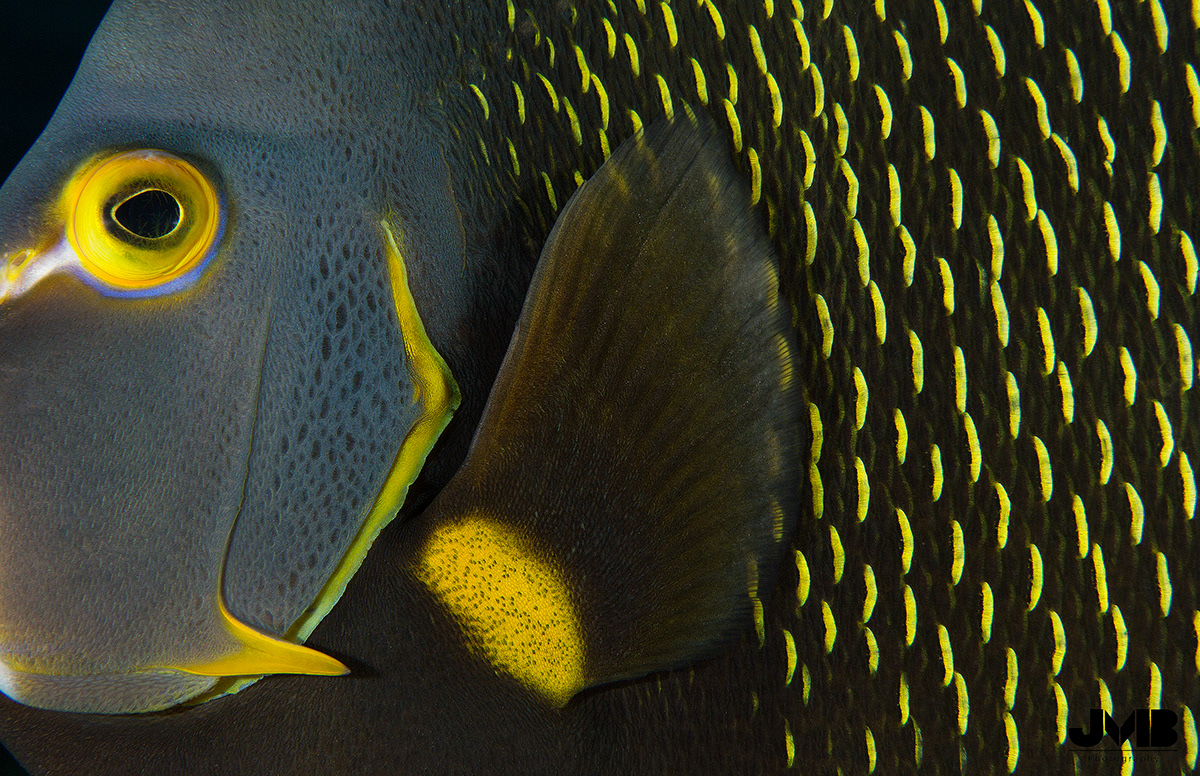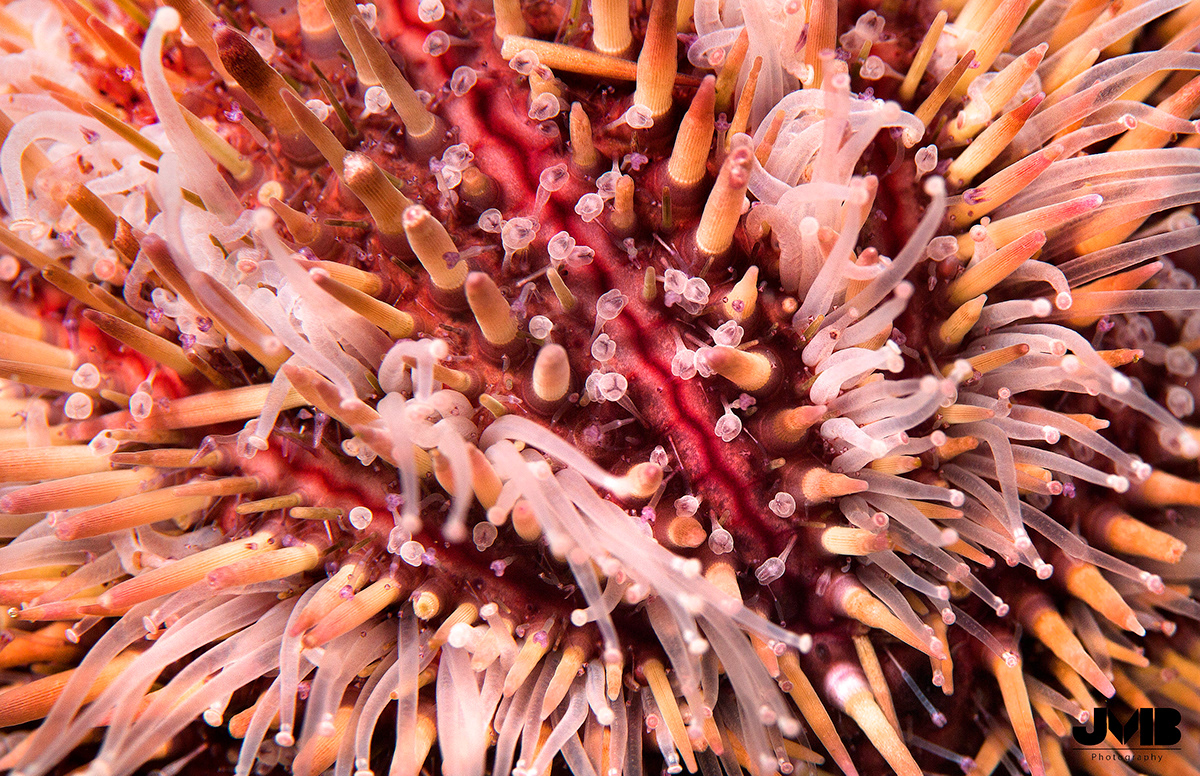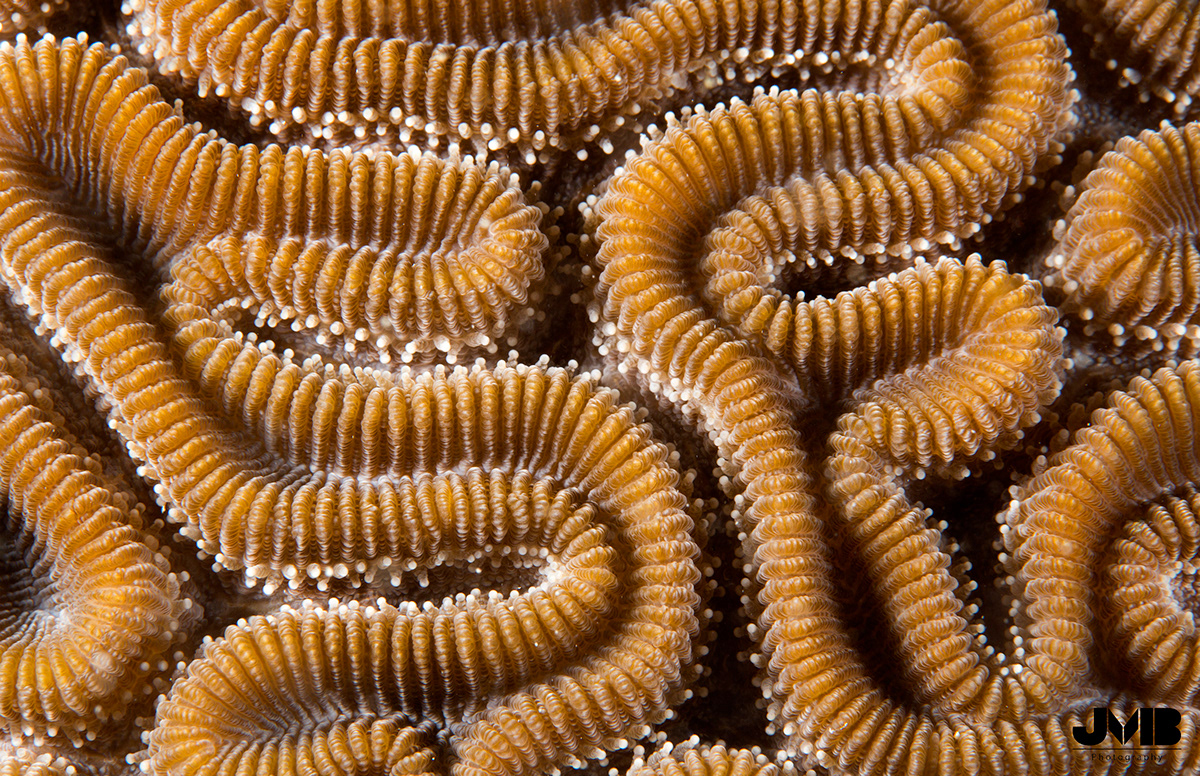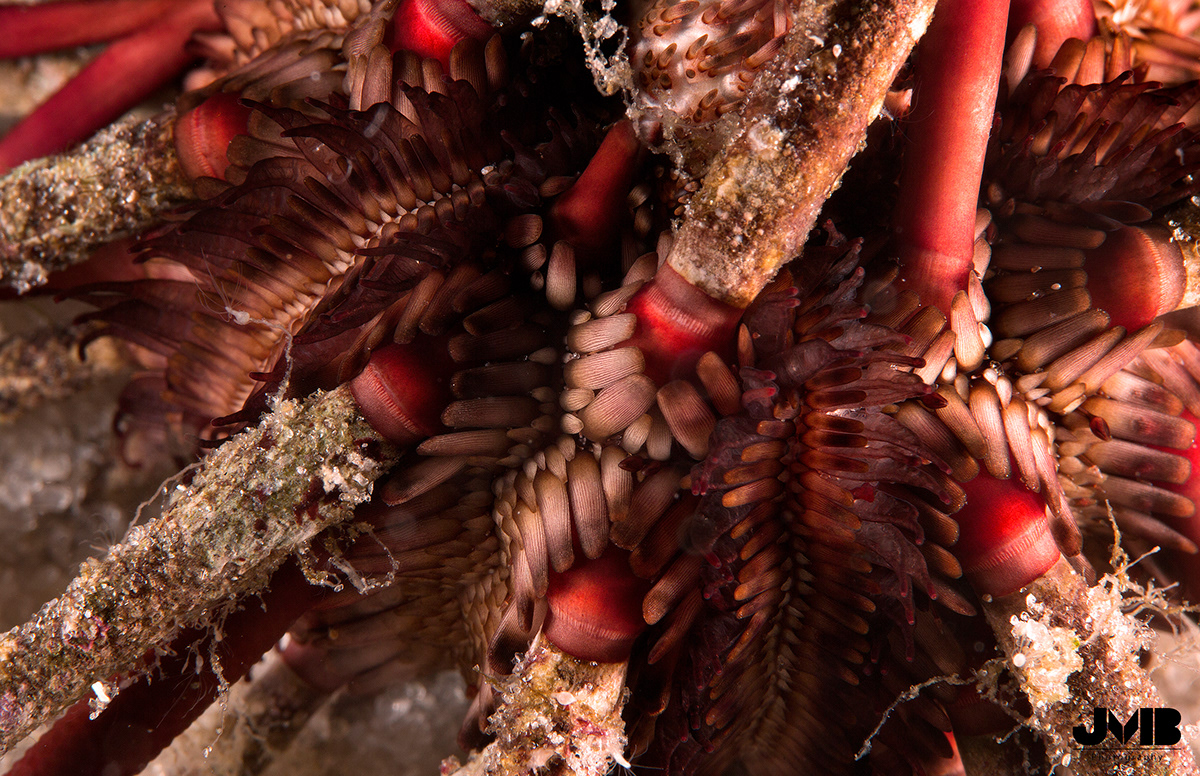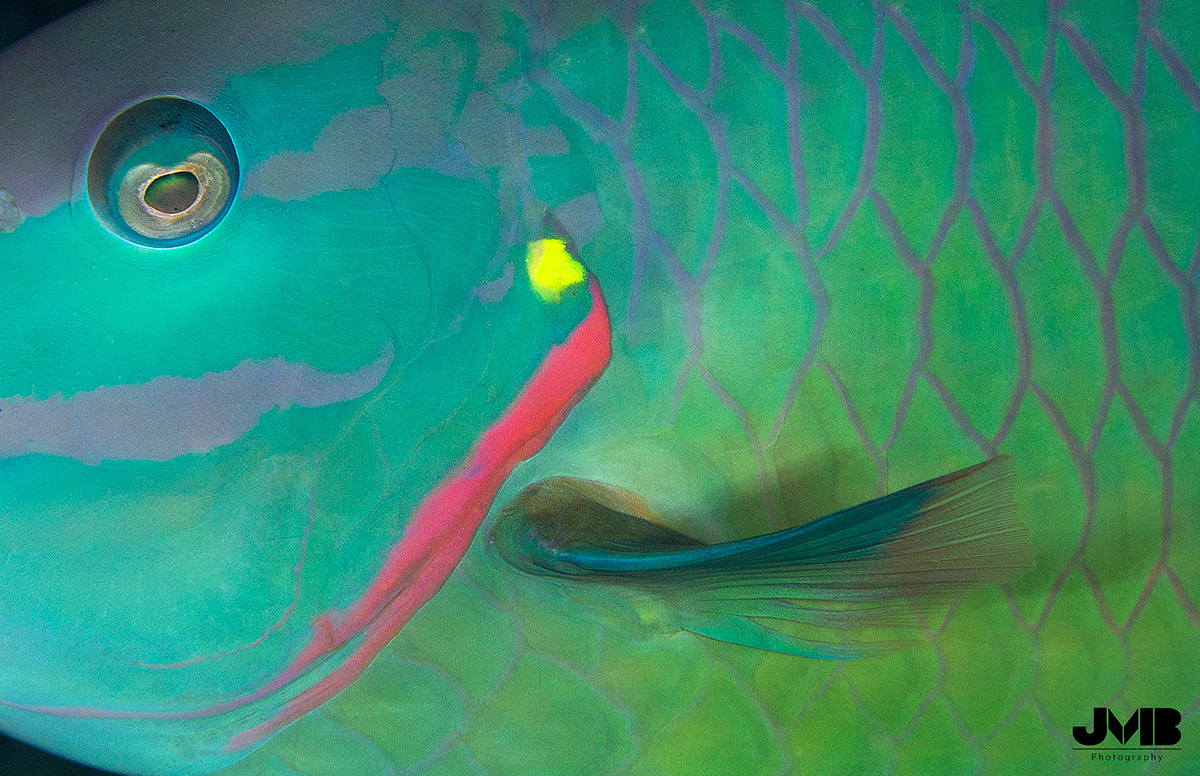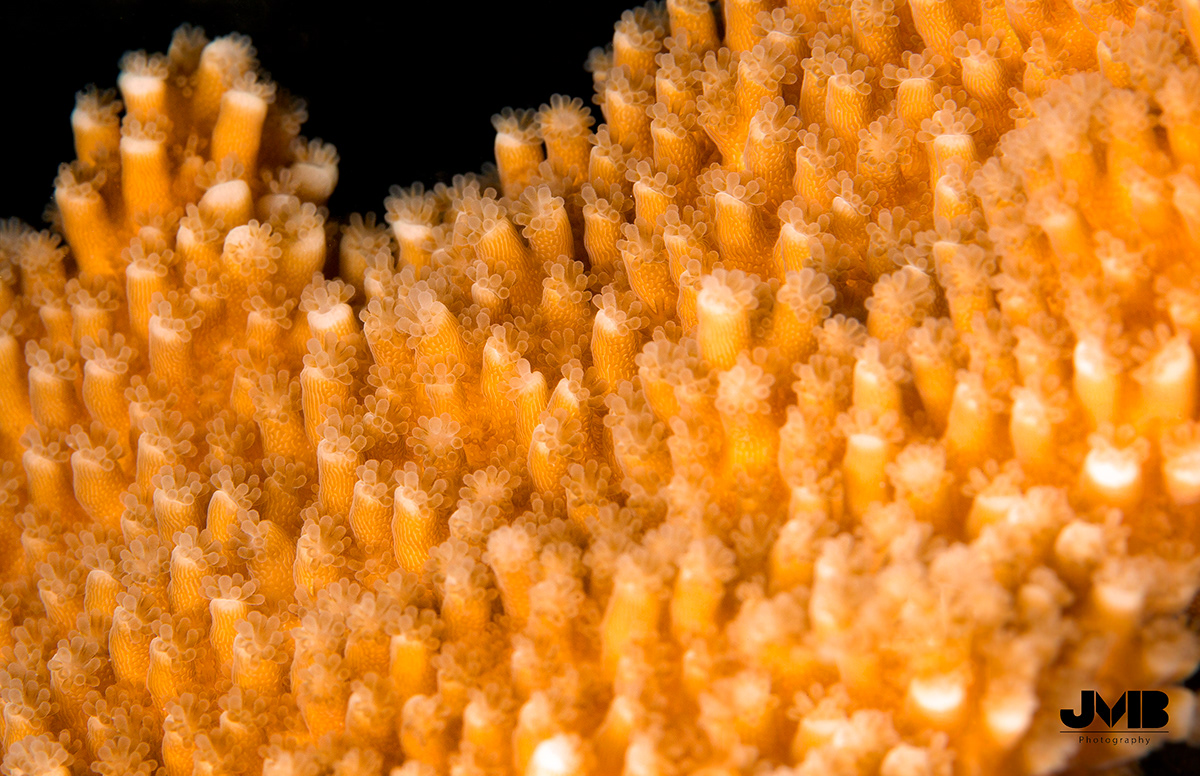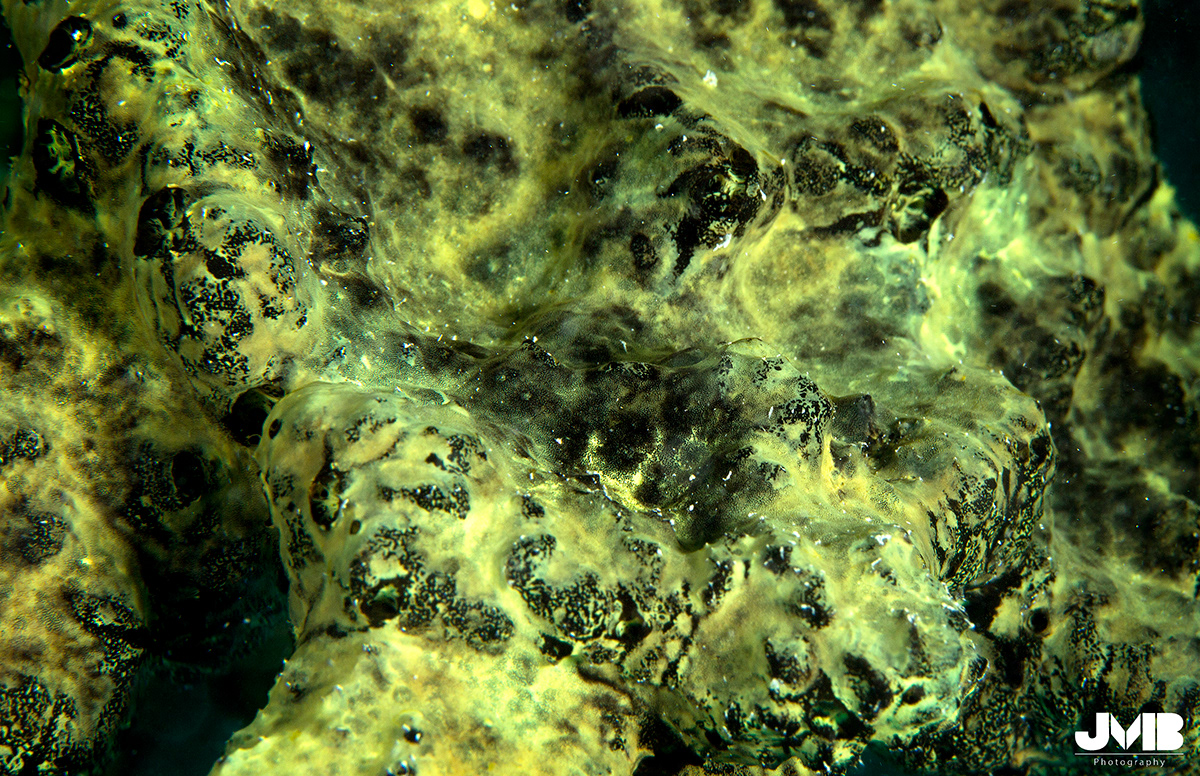Did you know that sea stars, or more commonly known as starfish are not a true fish but an invertebrate? Sea stars regulate their bodies by using a water vascular system. These systems not only allow for respiration, but they provide the necessary water pressure for the sea star to operate its hundreds of tube feet. These feet help it move along the seafloor and pull food towards its stomach.
Below the waves exists a world of exotic shapes, colors, and behaviors. However, marine animals are being harvested from their home locations every day in order to furnish aquariums around the world. Unfortunately, these collections efforts damage coral reefs, build up aquatic pollution, and thin ocean populations, creating an imbalance in the natural environment.
These collections damage systems like the Mesoamerican Reef along the coast of Central and South America. This reef is the largest barrier reef system in the western hemisphere, and the second largest barrier reef in the world. It extends over an area of 700 miles, with over 7000 different species of fish. The Mesoamerican Reef holds around 33% of known fish species.
Things that are threating the reef, and the animals that call it home are souvenir trades and overfishing from non-sustainable resources. If the rate of decline continues at its current rate, about 70% of the world’s coral reefs will be gone by 2050.
The Nature Conservancy has established and continues to protect marine areas in the Mesoamerican Reef. Within the next 15 years, with help from its partners they will create a marine sanctuary of 200 miles. The SeaWorld & Busch Gardens Conservation Fund and the Rising Tide Conservation project in concert with the Nature Conservancy hope to prevent the coming of a day when there are no more fish to photograph, no more sea stars or tube feet to witness crawling along the seafloor.


